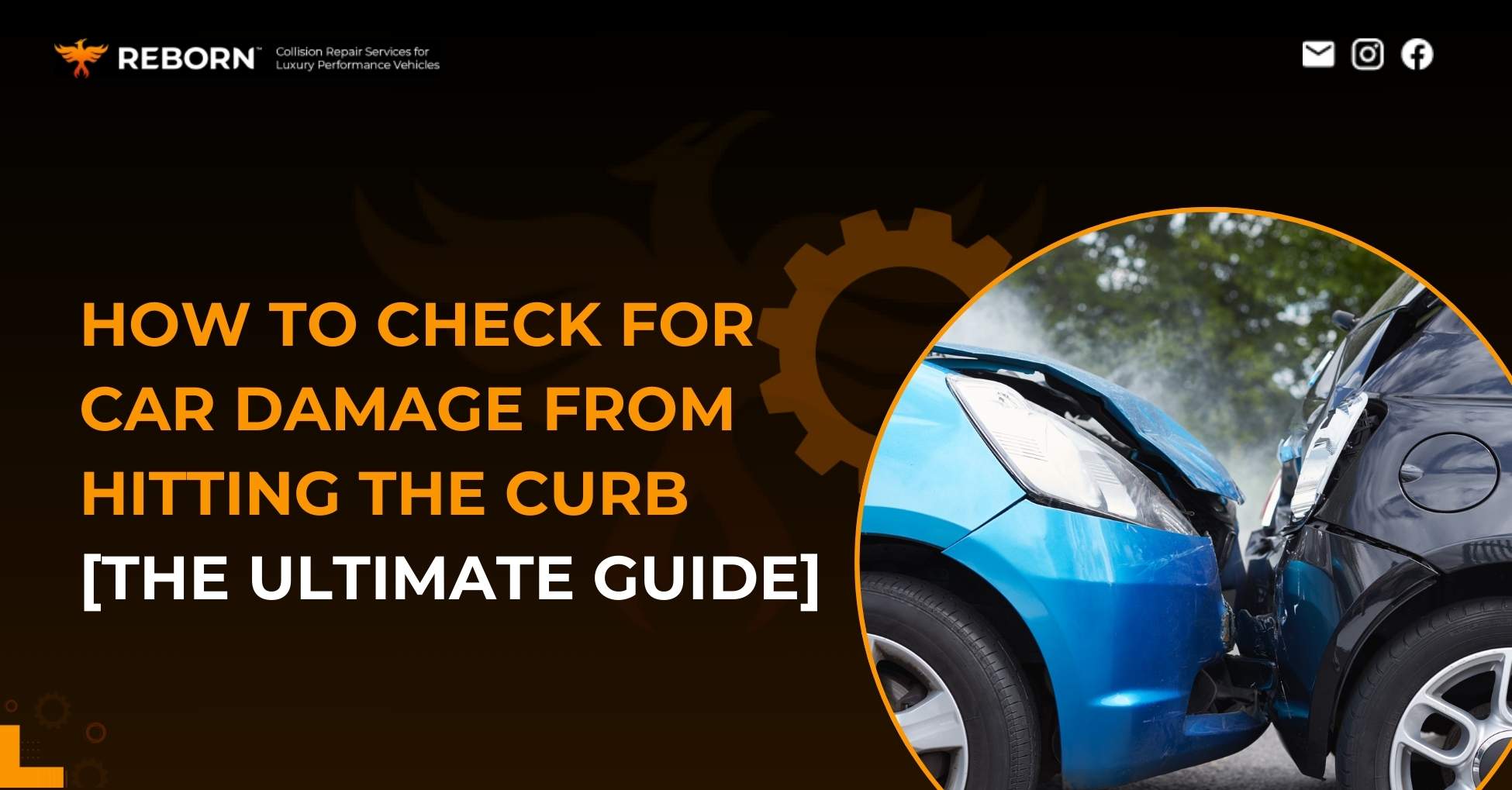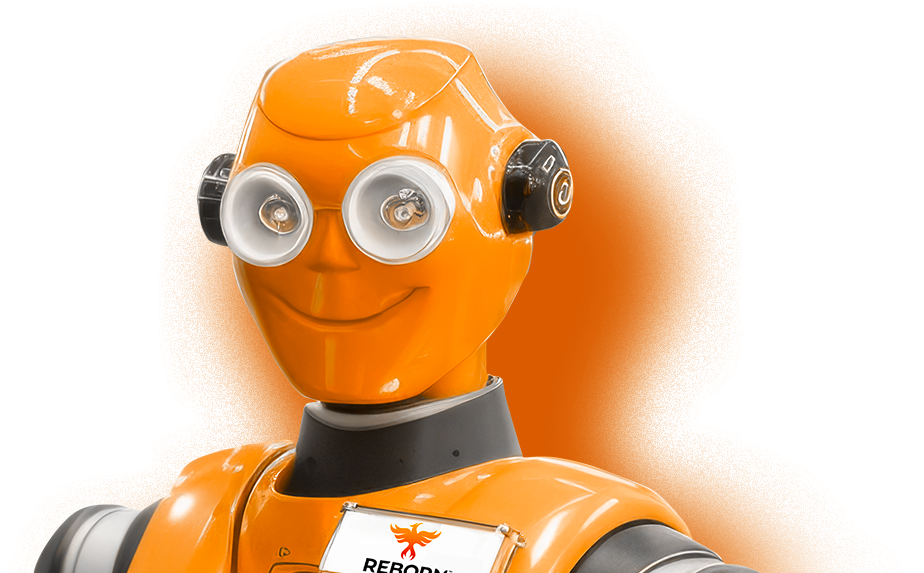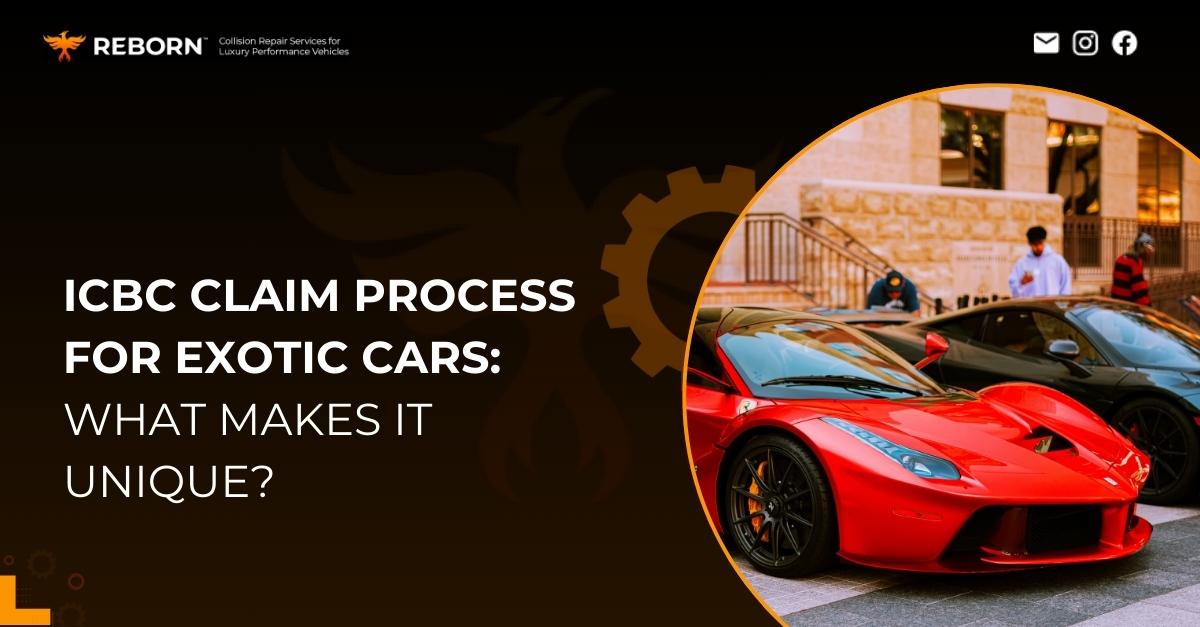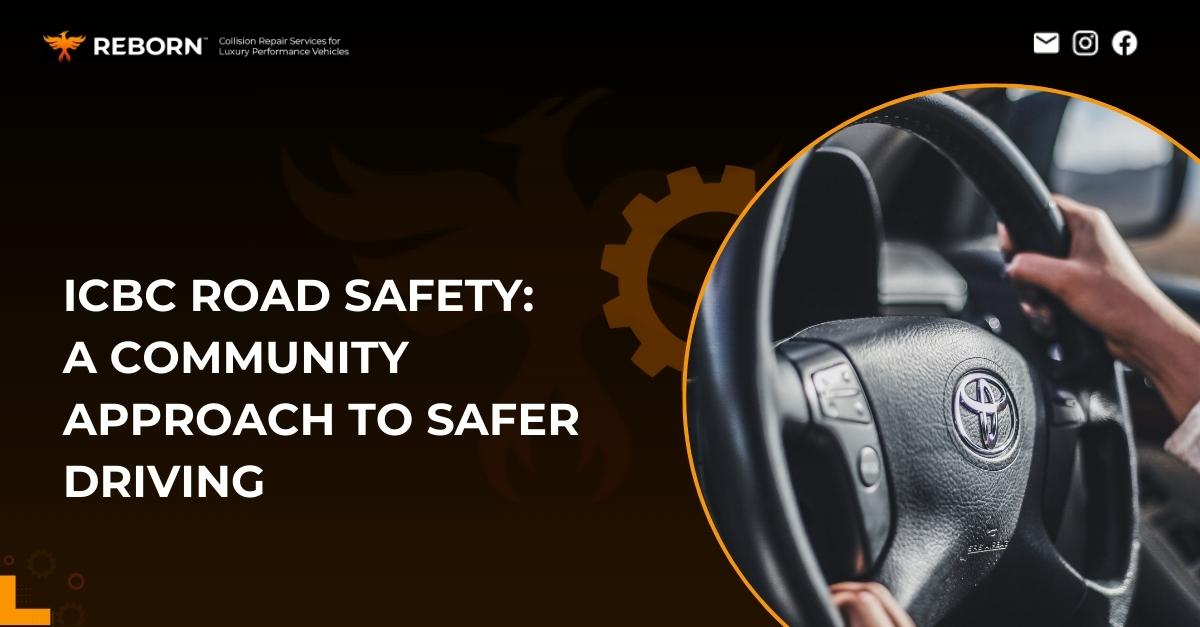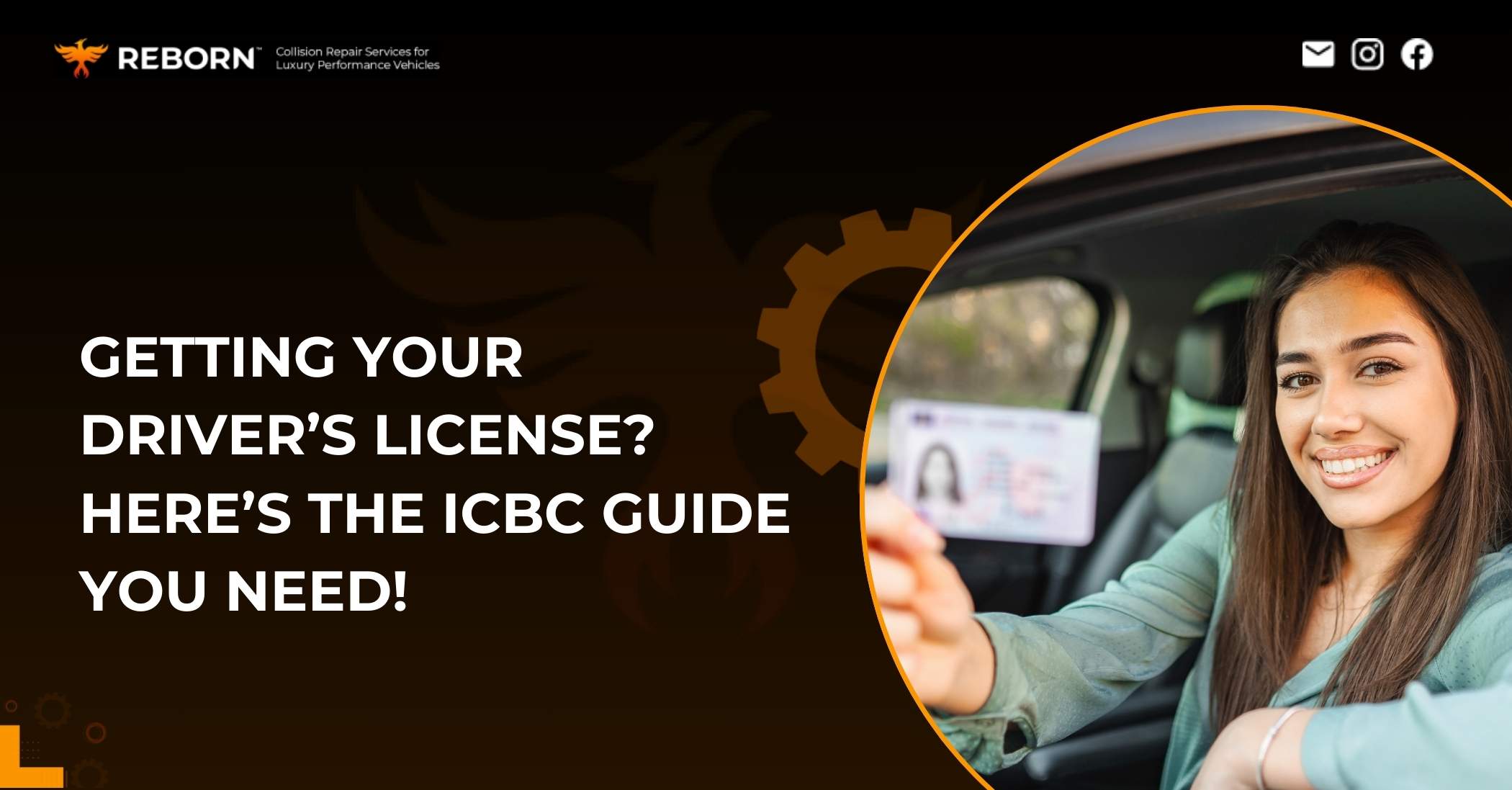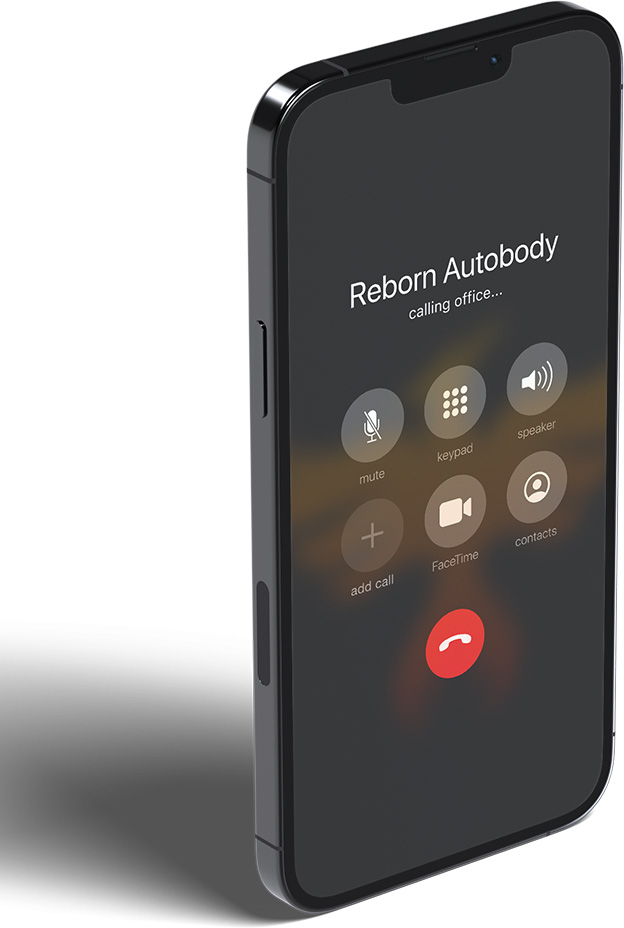Hitting a curb can damage your car in subtle yet significant ways that often go unnoticed. Many drivers underestimate the potential harm to their tires, wheels, and suspension, leading them to take it lightly. Ignoring this common incident can result in serious issues down the line. Therefore, it’s crucial to know how to inspect your vehicle for damage after such an impact. In this guide, we will discuss the types of damage that can occur after hitting a curb and when it’s necessary to consult a mechanic for further assistance.
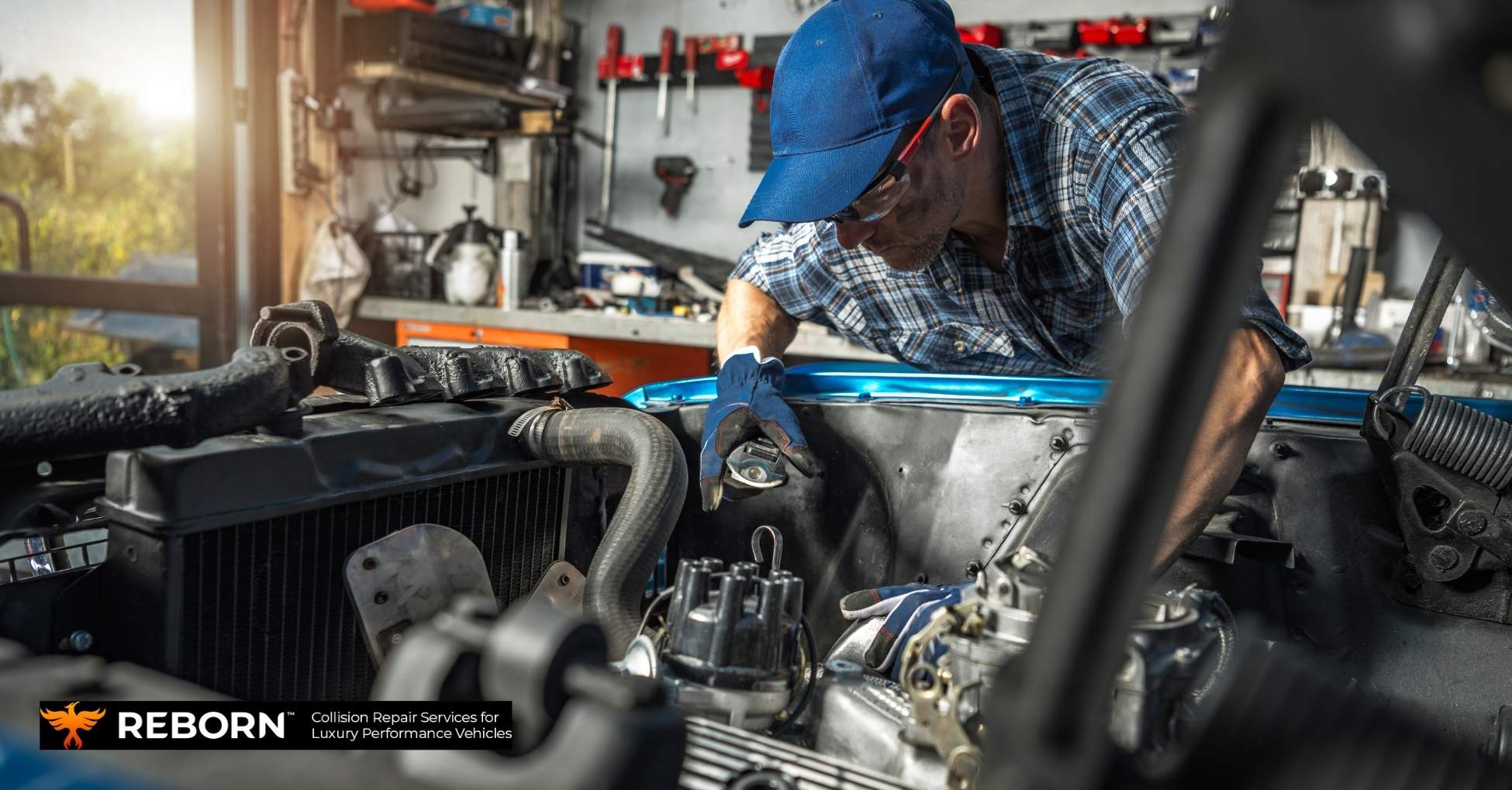
What Are the Types of Damage from Hitting a Curb?
Hitting a curb can lead to various types of damage to your vehicle, ranging from minor scratches to significant mechanical issues. It’s crucial for drivers to be aware of these potential problems so they can properly inspect their cars afterward.
Tire Damage: One of the most common effects of hitting a curb is tire damage. The impact can cause minor issues like pinched rubber or surface scrapes, which may not seem serious but can affect performance. In more severe cases, tires can tear or puncture, necessitating repair or replacement. After hitting a curb, it’s essential to monitor your tire pressure to avoid driving on a flat or underinflated tire.
Wheel and Rim Damage: Curb impacts can also harm your wheels and rims. Damage to the rims can affect your vehicle’s handling and fuel efficiency. Bent rims can misalign your car, leading to inaccurate steering and causing the vehicle to pull to one side. Additionally, you might experience vibrations at higher speeds and difficulty keeping the steering wheel straight.
How to Check for Car Damage from Hitting the Curb
Hitting a curb can cause hidden damage that affects your vehicle’s performance and safety. Here are the best ways to check for car damage:

Check Your Tires and Wheels
Start by inspecting your tires and wheels for visible signs of damage, such as scratches or cuts on the sidewalls. These imperfections can lead to air leaks or even tire blowouts if not addressed. Examine the edges of the wheels for any dents or bends, as these can impact handling and fuel efficiency.
For a thorough inspection, lift the car with a jack and secure it on jack stands. This allows you to closely examine the wheels and tires. Monitor tire pressure; a drop could indicate a puncture or leak.
Check the Suspension
Your car’s suspension is crucial for stability and comfort. Begin by visually inspecting the components you can access. Look for any bends or damage in the control arms, which connect to the wheels. If you notice any issues, they will need replacing.
Next, check the tie rods, which should remain straight. Any bending could lead to alignment issues and uneven tire wear. Don’t forget to inspect the sway bar link (stabilizer linkage); it should be straight and intact. Any visible damage necessitates a replacement.
Test Your Alignment
Hitting a curb often causes alignment problems. To test your alignment, drive on a flat, straight road. If your steering wheel is not centered when driving straight or if the car pulls to one side, the alignment is likely off.
You can also perform a stationary test: align the wheels straight ahead and check if the steering wheel is centered. If it’s tilted to one side, you have an alignment issue. Additionally, inspect your tires for uneven wear; if one side wears faster, it’s a sign of misalignment. Even without immediate visible issues, it’s wise to have your vehicle checked by a professional after hitting a curb.

When Should I Take My Car to the Mechanic?
After hitting a curb, it’s essential to recognize when to seek professional help. Look for signs of significant damage, such as difficulty steering, the car pulling to one side, or unusual noises while driving. These symptoms may indicate issues with the suspension, alignment, or steering components.
If your car exhibits excessive bouncing on uneven roads or over speed bumps, it could signal damage to the suspension. This condition requires prompt attention, as it can worsen quickly and impact both handling and safety.
For front-wheel-drive vehicles, hitting a curb may lead to transmission and shifting problems. If you experience difficulties while changing gears or hear strange noises coming from the transmission, consult a mechanic immediately.
In Closing
Hitting a curb may seem minor, but neglecting it can lead to significant damage to your vehicle. If you notice any unusual signs or are uncertain about the extent of the damage, it’s best to seek professional help. At Reborn Auto Body, our skilled mechanics can conduct a thorough inspection to identify any issues with your tires, wheels, suspension, or alignment.
If you’re unsure about the damage or just want peace of mind, contact us today for a professional evaluation. Your safety is our priority! Visit Reborn Auto Body to book an appointment and get back on the road with confidence!
FAQs
1. What types of damage can occur from hitting a curb?
Hitting a curb can cause tire punctures, bent rims, suspension damage, and misalignment. These issues may lead to air leaks, compromised handling, instability, and uneven tire wear.
2. How can I check my tires for damage after hitting a curb?
Inspect your tires for visible scratches, cuts, or low tire pressure. Look for dents or bends on the wheel rims. Using a jack can help you get a better view.
3. What should I look for when checking my suspension?
Check control arms, tie rods, and sway bars for bends or damage. Any visible deformation may require replacement to ensure safety and stability.
4. How do I know if my car’s alignment is off?
Drive on a straight road; if your steering wheel isn’t centered or the car pulls to one side, your alignment may be off. Uneven tire wear can also indicate alignment issues.
5. Can I check for damage myself or should I always seek professional help?
While you can perform a preliminary check, it’s best to have a professional evaluate your car to catch hidden damage and ensure your safety on the road.


